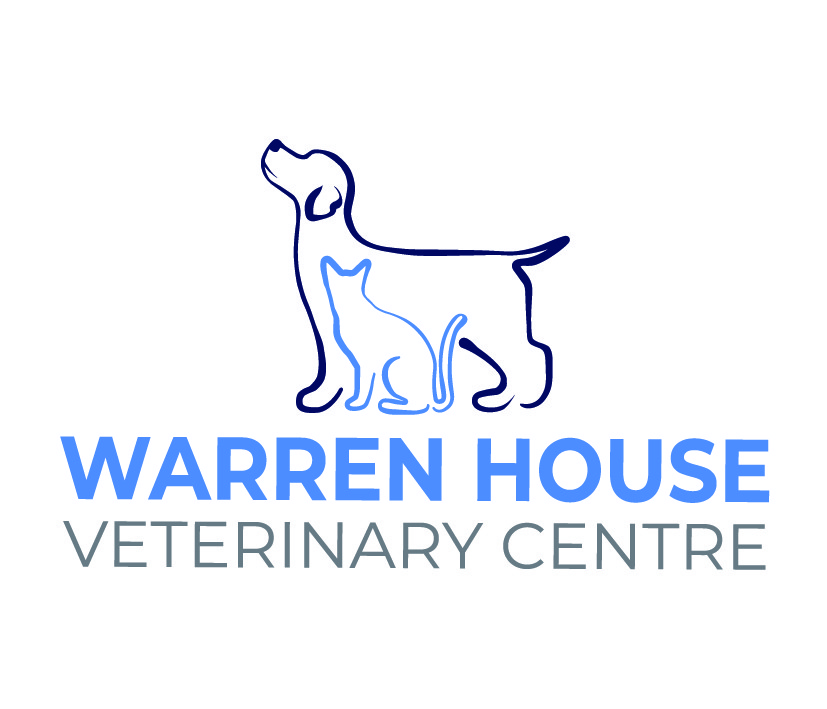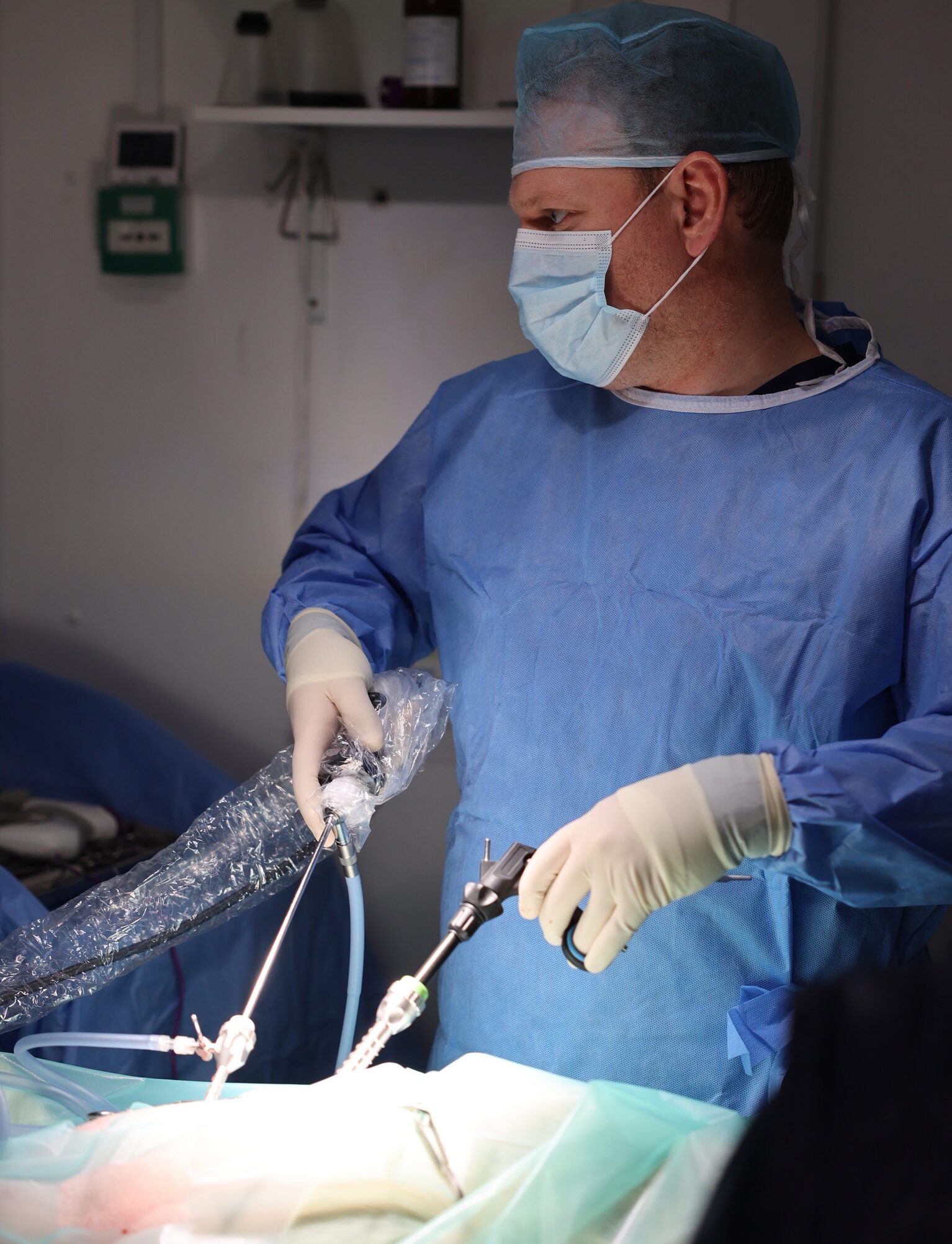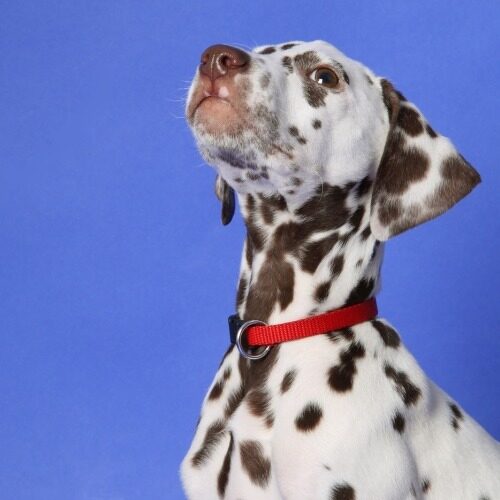What Is Laparoscopy?
Just as keyhole surgery benefits humans, similar opportunities now exist for our pets. Keyhole surgery is a minimally invasive surgery that involves inserting a camera and specialised instruments through small incisions in the body wall.
A Passion for Laparoscopy
We have over 10 years of experience in Laparoscopic procedures:
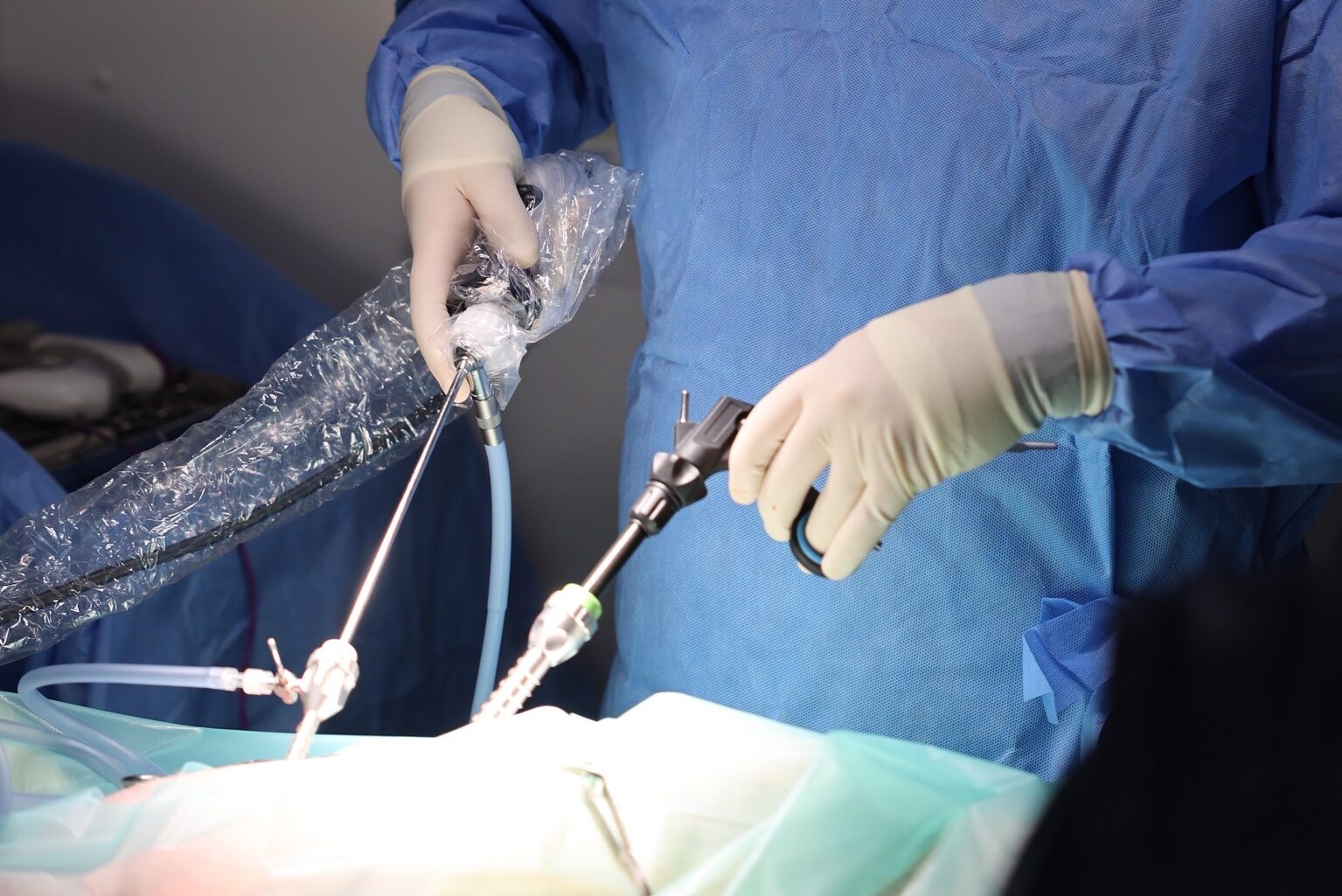
Laparoscopy Spays
A laparoscopic spay or neuter is an alternative to the traditional method. It is less invasive and allows a faster recovery time for your pet.
learn more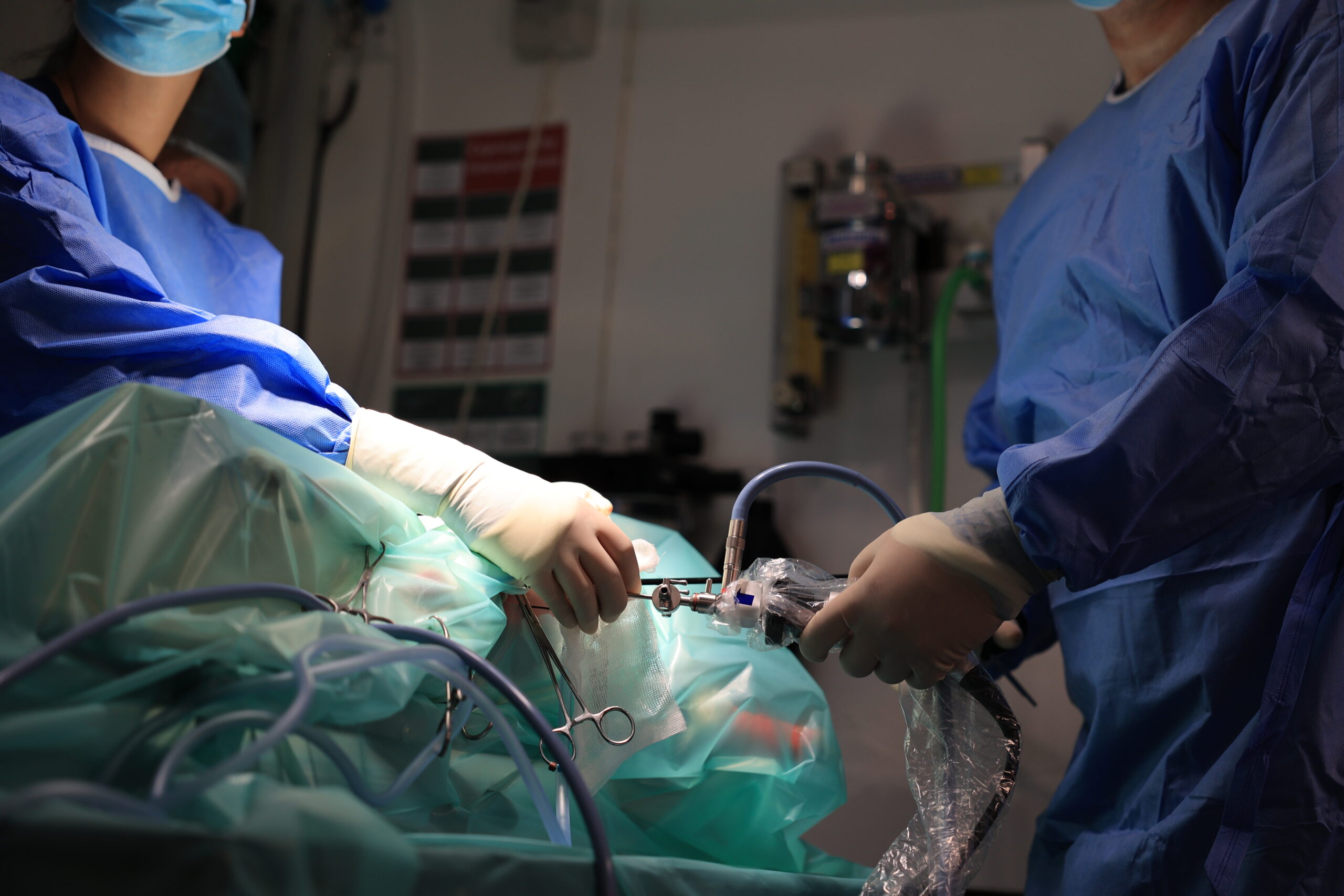
Retained Testical Removal
With a laparoscopic procedure, smaller incisions are used to visualise and remove the retained testicle, in contrast to a traditional surgical procedure where a larger incision may be required.
learn more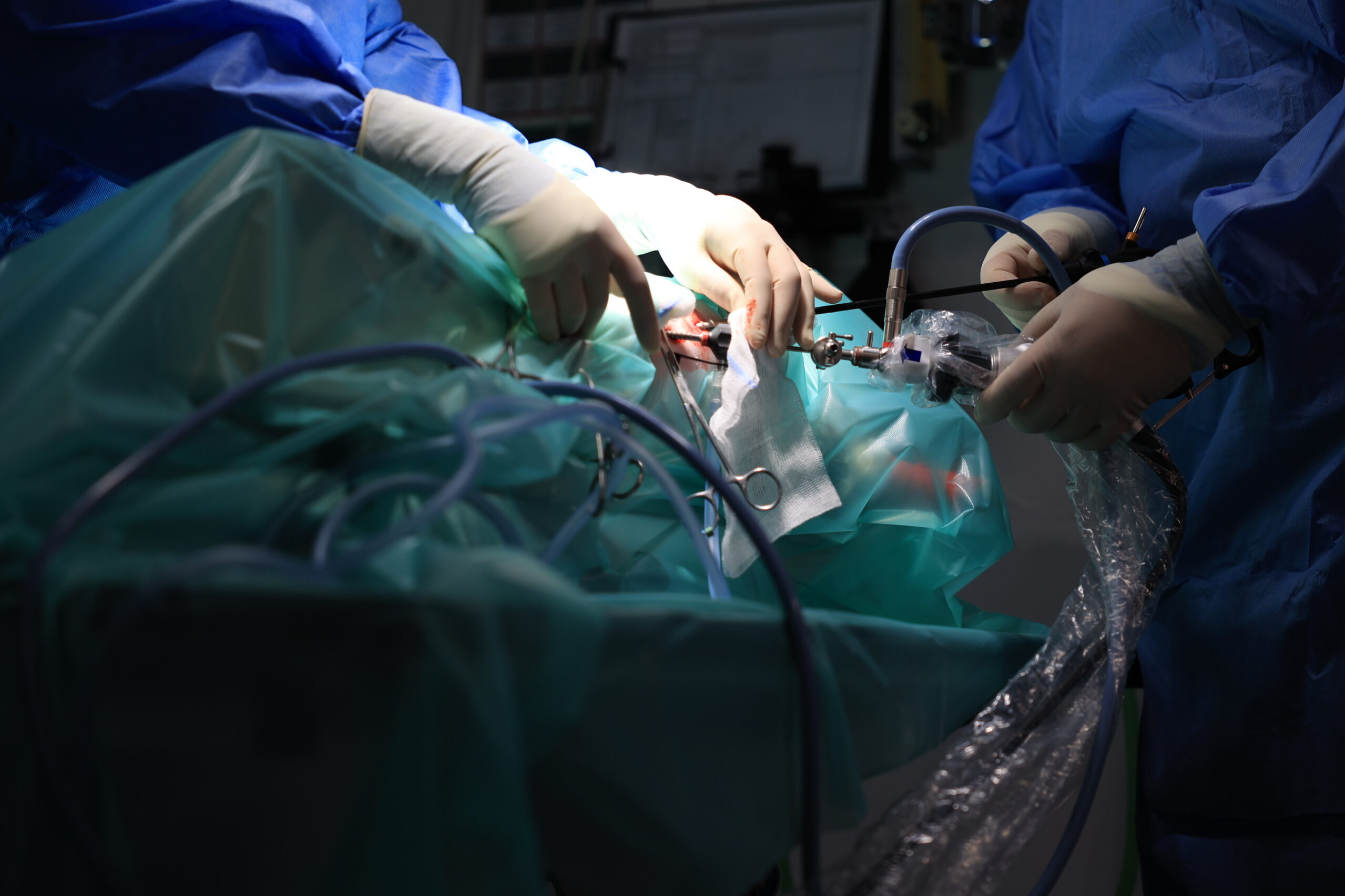
Laparoscopic Biopsy
This procedure can be used to help diagnose different medical conditions and take biopsies – samples of tissue that are tested. A laparoscopy is a safe procedure with few complications.
learn more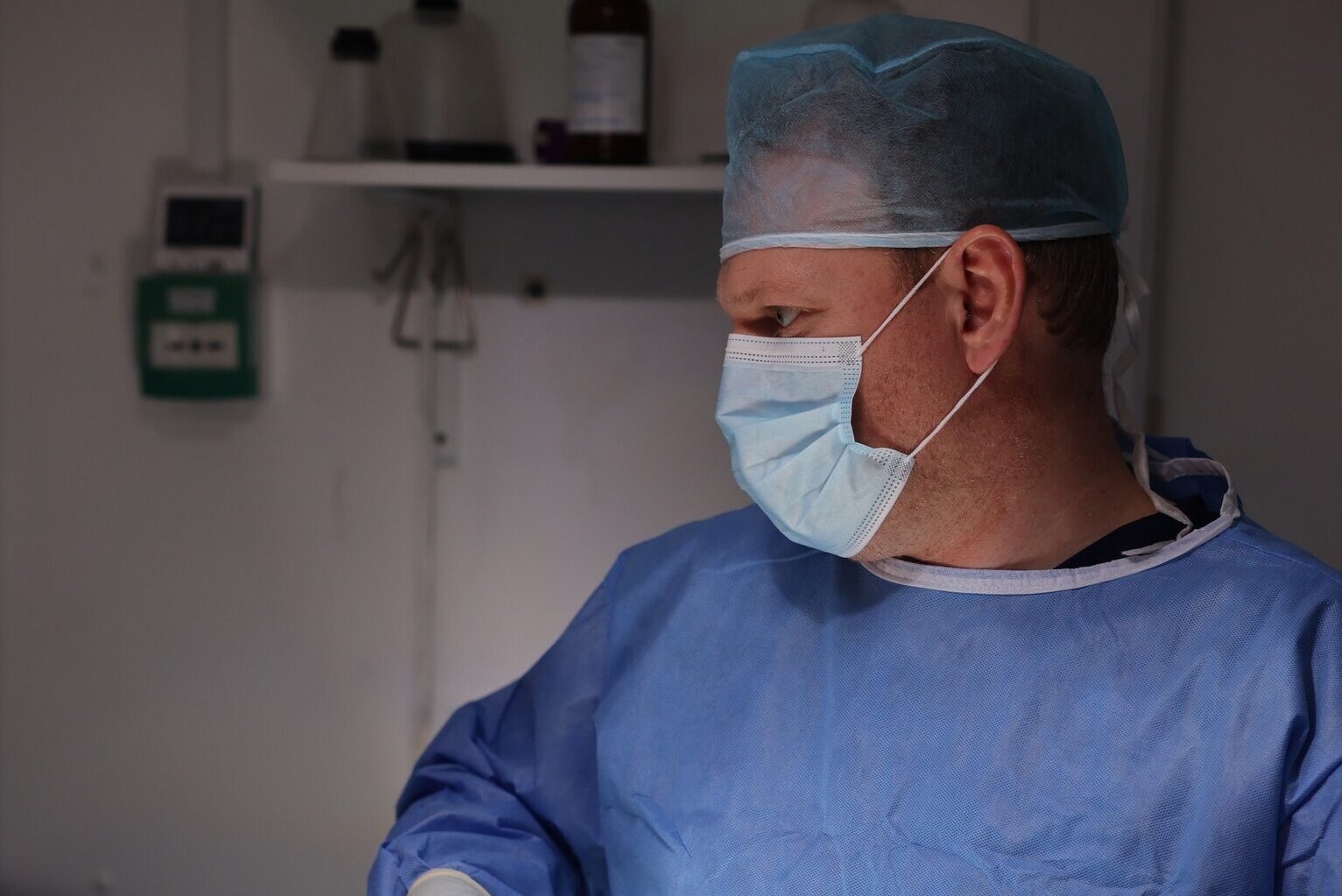
Gall Bladder Removal
Laparoscopic cholecystectomy (key-hole gallbladder removal) is an advanced key-hole surgery. Benefits are less pain, short hospital stay, and very low to negligible risk of pancreatitis.
learn moreWhat Are The Benefits Of Keyhole Surgery?
Let’s Take A Look…
SMALLER INCISION
Keyhole surgery wounds are much smaller they range from 0.5 to 1cm in size whereas standard open surgery can range from 6cm to 15cm in size.
LESS PAIN
Patients undergoing laparoscopic procedures have reduced pain post-surgery. Patients undergoing open surgery may require additional pain relief post-operatively and the recovery is much slower.
LOWER RISKS
Keyhole surgery carries lower risks as the handling of soft tissue is more delicate.
REDUCED OPERATION TIME
Visualisation of the soft tissues is much better as the abdomen is inflated with carbon dioxide and the camera system provides magnification of the surgical site, which reduces the operation time.
QUICKER RECOVERY
It is less invasive and allows for a faster recovery time.
Book A Consult Today
Laparoscopic Surgery Recovery
The biggest difference in laparoscopic surgery is how quickly your dog can recover from the procedure. Laparoscopic surgery is often quick to perform with less pain and a much faster recovery than traditional surgeries.
Once home, your pet should have a soft, quiet place to rest. Their abdomen will be sore. Try to keep your pet resting unless leash walking for elimination purposes.
Your dog may have been given fluids during surgery so he or she may need to urinate more than usual for the first 24 hours.
FAQ’S
Not Registered? Join us, it will only take a minute
Don’t worry, we are still registering new clients and would love to have you and your beautiful pet’s on board.
REGISTER